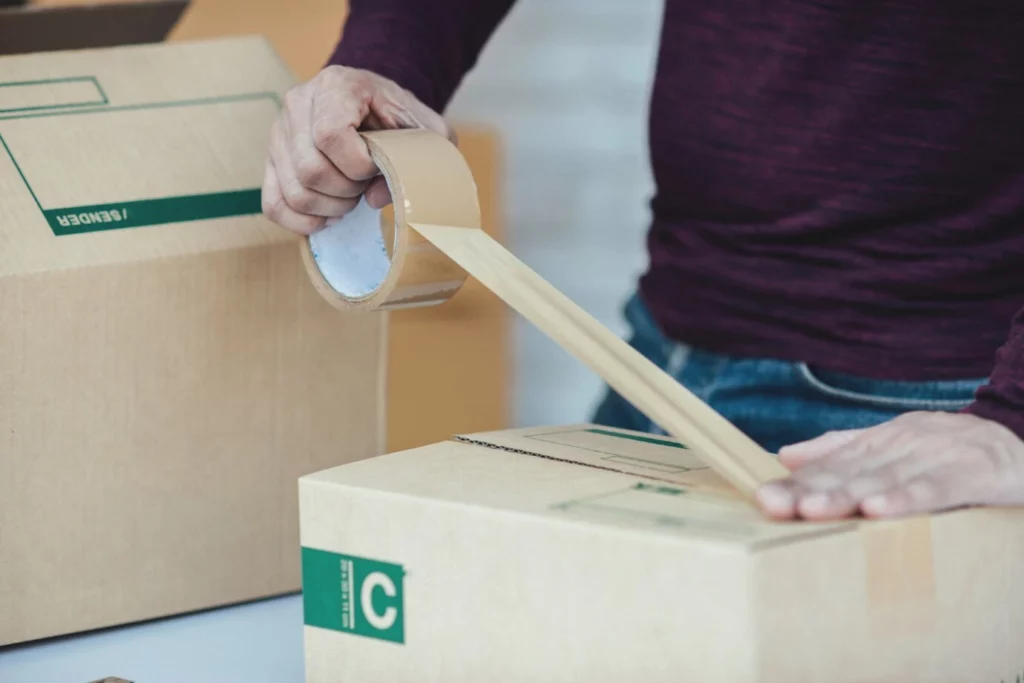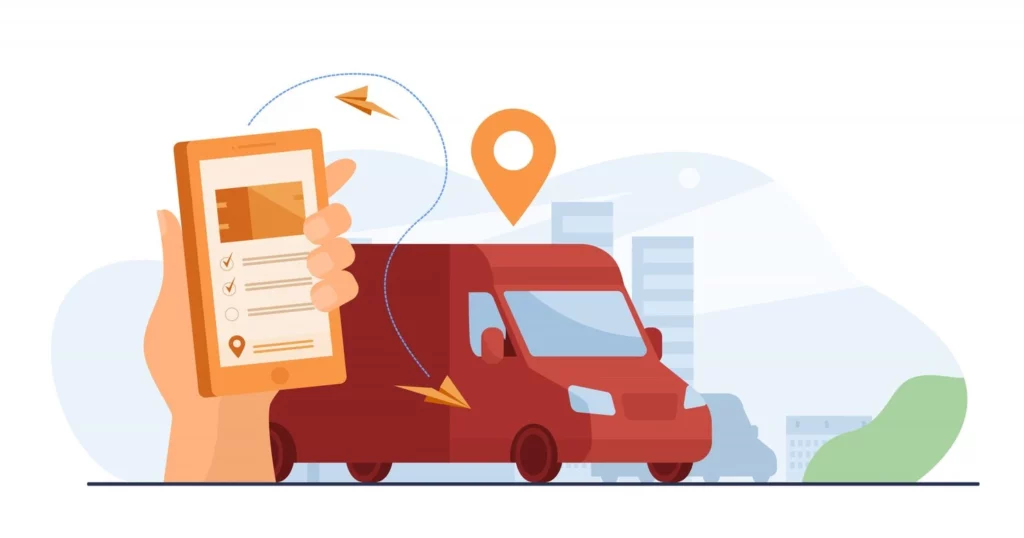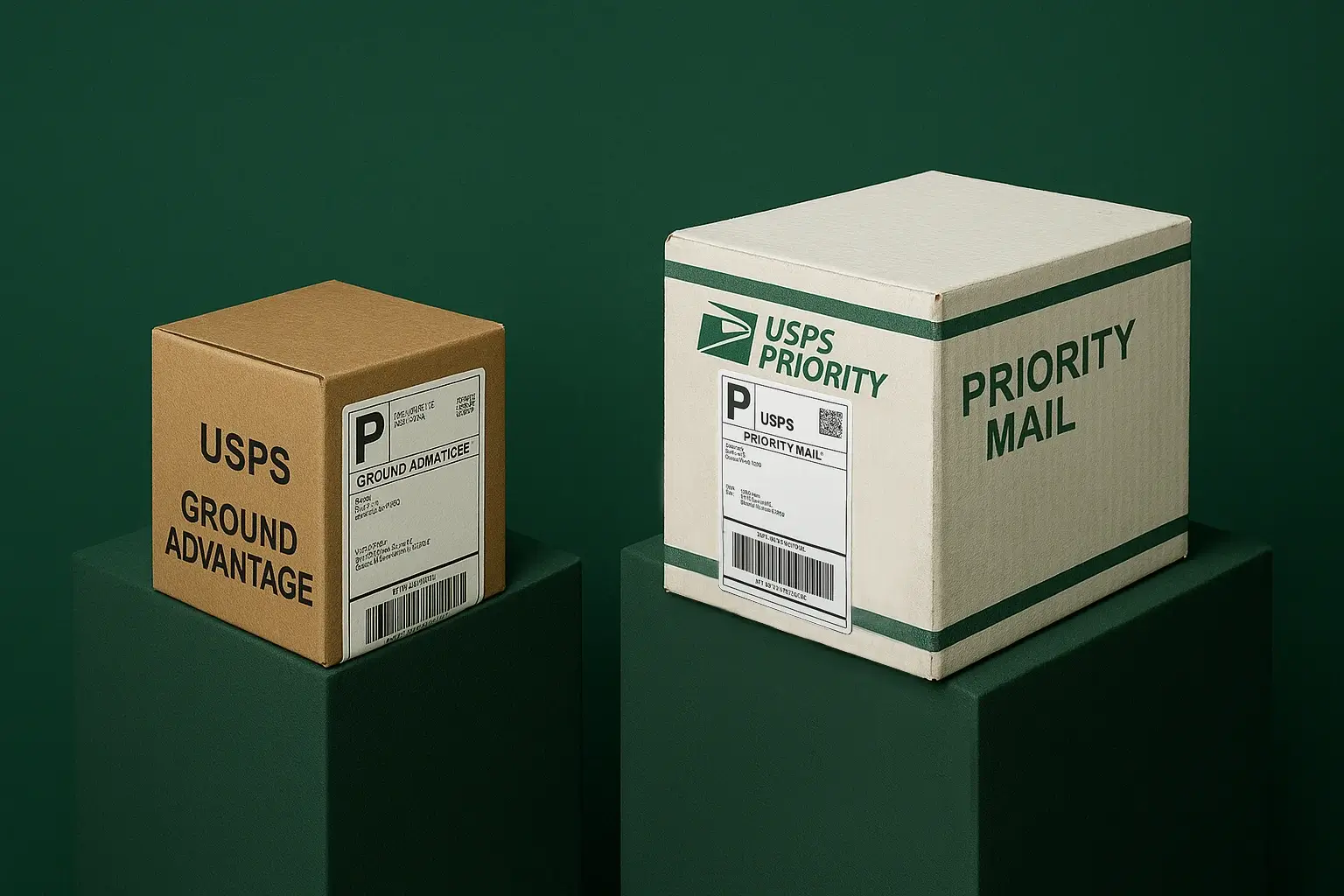When you need to send a package, cost, speed and reliability matter. That’s where USPS Priority Mail comes in. It’s one of the most widely used shipping options, offering fast delivery, tracking, and competitive pricing – making it a go-to choice for businesses and individuals alike.
But before you assume it’s the best fit for your shipping needs, there are a few things to consider. What is Priority Mail, how does it work, and how does it compare to other USPS services? When does it make sense to use it over standard mail or express shipping? And what about costs, weight limits, and delivery guarantees?
What Is Priority Mail and How Does It Work?
Priority Mail is a quick and dependable USPS shipping service ideal for time-sensitive deliveries. It typically arrives within 1–3 business days and includes features like tracking and up to $100 in insurance. Whether you’re shipping for business or personal reasons, Priority Mail offers a reliable blend of speed, convenience, and nationwide reach.
What Is USPS Ground Advantage?
USPS Ground Advantage is a low-cost shipping solution for packages that don’t require fast delivery. With standard delivery times of 2–5 business days, it’s perfect for sending items or goods restricted from air transport. It includes tracking and $100 insurance coverage, making it a smart, economical choice for everyday shipments.
Delivery Speed and Timeframes

When choosing a shipping service, speed matters. You want to know how long Priority Mail will take, what might slow it down, and whether USPS guarantees delivery times. Let’s break it down.
Typical Delivery Times for Priority Mail
USPS Priority Mail typically delivers within 1 to 3 business days, making it a solid choice for those who need fast shipping without the premium price tag of express services. However, that 1-3 day window isn’t the same for every package—delivery time depends on the distance between the origin and destination.
Shipments moving within the same region tend to arrive on the faster end of the spectrum, while cross-country deliveries lean closer to three days. USPS provides estimated delivery times based on ZIP codes, so if you need specifics, checking their Priority Mail Delivery Map is a good move.
Factors Influencing Priority Mail Delivery Speed
While Priority Mail is designed for quick turnarounds, a few factors can slow things down:
- Distance and location – The farther a package needs to travel, the longer it may take. Urban-to-urban shipments are often faster than rural-to-rural ones.
- Time of drop-off – Packages sent earlier in the day are more likely to get processed the same day, while late-day shipments may not move until the next business day.
- Holidays and peak seasons – Shipping volume spikes around major holidays, which can create delays, especially in November and December.
- Weather and unforeseen disruptions – Snowstorms, hurricanes, and other extreme weather events can slow down deliveries, even if USPS is generally reliable.
- Sorting and logistics hiccups – While rare, occasional USPS operational issues can affect transit times.
Is Priority Mail Guaranteed to Arrive on Time?
No, Priority Mail is not a guaranteed service. The 1-3 business day timeframe is an estimate, not a promise. If something goes wrong, there’s no refund for late delivery.
For shipments where on-time arrival is critical, Priority Mail Express is the better choice. It offers overnight or two-day delivery with a money-back guarantee.
That said, Priority Mail is still one of the most reliable and cost-effective ways to ship. As long as you’re aware of what can impact delivery speed, it’s a strong option for businesses and individuals alike.
Pricing Breakdown

How Much Does Priority Mail Cost? A Detailed Price Analysis
USPS Priority Mail offers a range of pricing options to accommodate various shipping needs. As of 2025, retail prices start at $9.35 when purchasing services at a Post Office. However, significant savings are available through online shipping solutions. For instance, using USPS’s Click-N-Ship service or OrderCup shipping software can grant access to discounted rates. These discounts are part of the USPS’s initiative to encourage online transactions, benefiting both the service and its customers.
Understanding Flat Rate vs. Weight-Based Pricing vs. Cubic Pricing
USPS Priority Mail provides several pricing models:
- Flat Rate Pricing: This model allows you to ship packages at a predetermined price, regardless of weight (up to 70 lbs) or destination, as long as the items fit into USPS-provided Flat Rate boxes or envelopes.
- Weight-Based (Standard) Pricing: If you opt to use your own packaging, the cost is determined by the package’s weight and the distance it’s traveling (shipping zone).
- Cubic Pricing: Designed for high-volume shippers, cubic pricing is based on the package’s dimensions rather than its weight. This model benefits those sending small, heavy items, as it can offer substantial savings. To qualify, packages must be under 20 lbs and measure no more than 0.5 cubic feet.
Commercial vs. Retail Rates: What You Should Know
USPS offers different pricing tiers: retail rates and commercial rates.
- Retail rates: These are the standard rates available to all customers at USPS retail locations. While convenient, they are typically higher than commercial rates.
- Commercial rates: Aimed at businesses and high-volume shippers, commercial rates provide discounted pricing. To access these rates, you can use an online shipping platform like OrderCup. With OrderCup, you can get an 88% lower rate compared to retail prices.
Additionally, businesses can achieve further discounts by qualifying for Commercial Plus Pricing, which requires higher shipping volumes and offers even lower rates.
Packaging Options and Requirements

Using USPS Priority Mail Packaging vs. Personal Packaging
USPS offers free Priority Mail packaging, including various boxes and envelopes, which can be ordered online or picked up at your local post office. These are designed to accommodate a range of items and simplify the shipping process. Using USPS-branded packaging is mandatory for Flat Rate shipping options, where you pay a fixed price regardless of the package’s weight or destination, provided it doesn’t exceed 70 pounds.
If you prefer to use your own packaging, USPS allows this under their weight-based (or Standard) pricing. In this case, shipping costs are determined by the package’s weight and the distance it’s traveling (shipping zone). This option can be more economical for lightweight items or shipments traveling short distances. Ensure your packaging is sturdy and meets USPS guidelines to avoid any issues during transit.
Weight, Size, and Shape Limitations for Priority Mail
Understanding USPS’s size and weight restrictions helps in selecting the appropriate packaging and avoiding additional fees:
- Weight limit. Each Priority Mail package can weigh up to 70 pounds.
- Size limit. The combined length and girth (the distance around the thickest part) of the package must not exceed 108 inches.
- Dimensional weight pricing. For larger packages that are lightweight, USPS may apply dimensional (DIM) weight pricing. This means the shipping cost is based on the package’s volume rather than its actual weight. To calculate DIM weight, multiply the length, width, and height of the package (in inches) and divide by 166. If the DIM weight exceeds the actual weight, USPS will charge based on the DIM weight.
- Shape considerations. Irregularly shaped packages, such as tubes or rolls, may incur additional handling fees. Ensure your package conforms to standard shapes to avoid these extra costs.
Tracking and Delivery Features

How to Track Your Priority Mail Shipment
USPS Priority Mail includes free tracking, allowing you to monitor your package from drop-off to delivery. Here’s how you can keep tabs on your shipment:
- Obtain your tracking number. When you send a package via Priority Mail, you’ll receive a receipt containing a unique tracking number. If you’re the recipient, the sender should provide this number to you.
- Visit the USPS tracking page. Navigate to the USPS Tracking page.
- Enter the tracking number. Input your tracking number into the search bar and click the search icon.
- Review tracking updates. You’ll see the current status of your package, including its location and estimated delivery date.
Additional Features Like Insurance and Signature Confirmation
To enhance the security and assurance of your shipments, USPS offers several add-on services:
- Insurance. Priority Mail automatically includes up to $100 of insurance for most packages, covering loss or damage. If the item’s value exceeds this amount, you can purchase additional coverage up to $5,000. For claims over $500, USPS requires a signature upon delivery and maintains a delivery record, including the recipient’s signature.
- Signature confirmation. This service ensures that your package is handed directly to the recipient, providing an added layer of security. Upon delivery, USPS obtains the recipient’s signature, which is then accessible online. This is particularly useful for valuable or sensitive items.
- Hold for pickup. If you prefer the recipient to collect the package from a local Post Office, you can request this service. USPS will hold the item and notify the recipient when it’s ready for pickup.
USPS Ground Advantage vs Priority Mail: What’s the Difference?

When choosing between USPS Ground Advantage and Priority Mail, the key decision comes down to speed vs. cost. Both services offer nationwide coverage, tracking, and insurance, but they serve slightly different purposes.
USPS Priority Mail is built for speed. It uses both air and ground transport to deliver packages in 1–3 business days, making it ideal for time-sensitive deliveries, including e-commerce orders, business documents, and gifts. It also offers flat-rate shipping, which can be cost-effective for heavy items traveling long distances.
USPS Ground Advantage, on the other hand, is designed for budget-conscious shipping where speed is not essential. It relies solely on ground transportation, resulting in 2–5 business day delivery times, but comes at a lower cost, especially for larger or heavier parcels that don’t need express service. It’s also the better choice for materials prohibited from air transport.
This comparison helps clarify the difference between what is USPS Ground Advantage and what is Priority Mail in terms of value, urgency, and use case.
USPS Ground Advantage vs Priority Mail Comparison Table
| Feature | USPS Ground Advantage | USPS Priority Mail |
| Delivery Time | 2–5 business days | 1–3 business days |
| Shipping Mode | Ground only (no air transport) | Air and ground transportation |
| Best For | Heavier, non-urgent shipments | Time-sensitive shipments |
| Tracking | Included | Included |
| Insurance Coverage | Up to $100 included | Up to $100 included |
| Signature Confirmation | Optional add-on | Optional add-on |
| Flat Rate Boxes | Not available | Available (no weight-based pricing) |
| Max Weight Limit | 70 lbs | 70 lbs |
| Max Size Limit | 130 inches (length + girth) | 108 inches (length + girth) |
| Allowed Hazardous Materials | Accepts some items prohibited on airplanes | Not suitable for restricted air-shipped items |
| Dimensional Weight Pricing | Applies to large lightweight parcels | Applies to large lightweight parcels |
| Cost | Lower (especially for heavier/larger items) | Higher due to faster delivery |
| Availability | Available nationwide | Available nationwide |
Which Should You Choose?
If you’re asking, “What is USPS Ground Advantage vs Priority Mail, and which should I use?” here’s a quick takeaway:
- Choose Priority Mail if speed matters—like for customer orders, holiday gifts, or time-sensitive business communications.
- Choose Ground Advantage if you’re shipping something bulky, heavy, or not urgent—and want to save on postage.
Still not sure? Use our Compare Rates Calculator to compare delivery estimates and pricing in real time.
Should You Use Priority Mail?
Priority Mail is ideal when reliability and efficiency take priority over the absolute lowest price, especially for small packages that must arrive fast. With free tracking, insurance, and flat rate packaging, it provides a convenient and predictable shipping solution—especially for small packages that require timely arrival.
However, it’s not always the most economical option. For non-urgent or heavier items, services like USPS Ground Advantage or UPS Ground may offer better pricing. Because Priority Mail delivery times aren’t guaranteed and size limits apply, it’s best used when speed and service features justify the added cost.
For businesses shipping regularly, comparing it with alternatives ensures you always choose the most efficient option.
FAQs
What is the difference between Priority Mail and regular mail?
Priority Mail is like the express lane at the supermarket – it’s designed for faster delivery. Regular mail is more like the standard lane; it’s less expensive but typically slower.
How long does USPS Priority Mail take?
Priority Mail from USPS is pretty quick; it typically takes 1-3 business days to reach its destination, depending on where it’s being sent. It’s a reliable choice if you need your package or letter to arrive fairly quickly without springing for the more expensive express services.
Does Priority Mail have to be signed for?
Not usually, no. Priority Mail does not require a signature by default. However, you can request signature confirmation for an additional fee if you want that extra security, ensuring the package is handed over directly to someone at the delivery address.
What does it mean to send Priority Mail?
Sending something via Priority Mail means you’re choosing a faster, more secure service than regular mail. It’s designed for items that are a bit more urgent or valuable. With Priority Mail, you get speedier delivery (1-3 business days), tracking, and included insurance. It’s a bit like telling your mail, “You’re important, so you’re getting VIP treatment.” It’s great for everything from business documents to gifts that need to arrive by a certain date.




